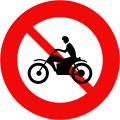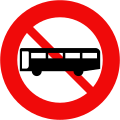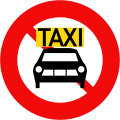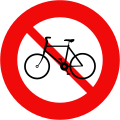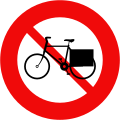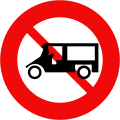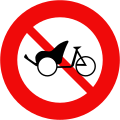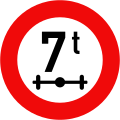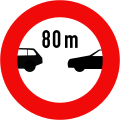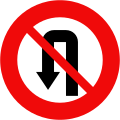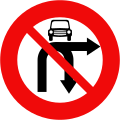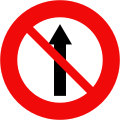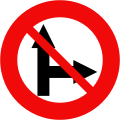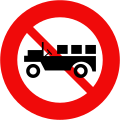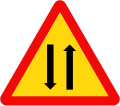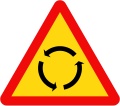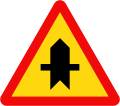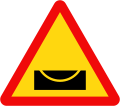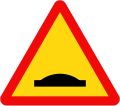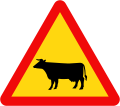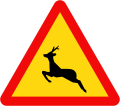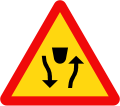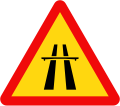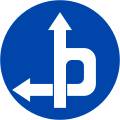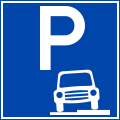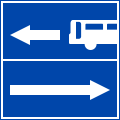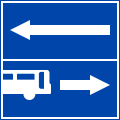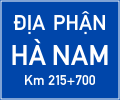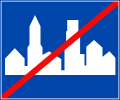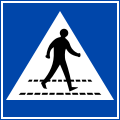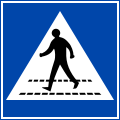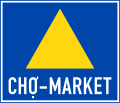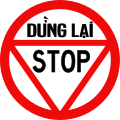W.201a: Bend to left
W.201b: Bend to right
W.201c: Bend to the left with a danger of vehicle rollover
W.201d: Bend to the right with a danger of vehicle rollover
W.202a: Double bend first to left
W.202b: Double bend first to right
W.203a: Road narrows ahead on both sides
W.203b: Road narrows ahead on the left side
W.203c: Road narrows ahead on the right side
W.204: Two-way traffic
W.205a: Crossroad
W.205b: Side road junction on the right
W.205c: Side road junction on the left
W.205d: T-junction
W.205e:Y-junction
W.206: Roundabout ahead
W.207a: Road junction with priority
W.207b: Road junction with priority
W.207c: Road junction with priority
W.207d: Road junction with priority
W.207e: Road junction with priority
W.207f: Road junction with priority
W.207g: Road junction with priority
W.207h: Road junction with priority
W.207i: Road junction with priority
W.207j: Road junction with priority
W.207k: Road junction with priority
W.207l: Road junction with priority
W.207m: Road junction with priority
W.210: Railway crossing with gates ahead
W.211a: Railway crossing without gates ahead
W.211b: Tramway
W.212: Narrow bridge
W.213: Temporary bridge
W.214: Drawbridge
W.215a: Unprotected quayside of riverbank
W.215b: Embankment along the right side of the road
W.215c: Embankment along the left side of the road
W.216a: Ford
W.216b: Ford susceptible to flash flooding
W.217: Ferry
W.218: Underpass
W.219: Steep descent
W.220: Steep ascent
W.221a: Uneven road
W.221b: Road bump
W.222a: Slippery road
W.222b: Dangerous shoulder
W.223a: Dangerous cliff on the right
W.223b: Dangerous cliff on the left
W.224: Pedestrian crossing ahead
W.225: Children area
W.226a: Cycle crossing
W.227: Construction site ahead
W.228a: Risk of landslides from the left
W.228b: Risk of landslides from the right
W.228c: Loose stones
W.228d: Weak road
W.229: Low-flying aircraft
W.230: Farm animals
W.231: Wild animals
W.232: Crosswinds
W.233: Other danger
W.234: Two-way traffic
W.235: Beginning of dual carriageway / median strip
W.236: End of dual carriageway / median strip
W.237: Hump bridge
W.238: Expressway ahead
W.239a: Overhead electrical cables
W.239b: Clearance height
W.240: Tunnel ahead
W.241: Traffic queues
W.242a: Single track railway crossing
W.242b: Multitrack railway crossing
W.243a: Countdown beacon of the distance to a railroad crossing ahead (50m)
W.243b: Countdown beacon of the distance to a railroad crossing ahead (100m)
W.243c: Countdown beacon of the distance to a railroad crossing ahead (150m)
W.244: Accident-prone area
W.245a: Slow down
W.245b: Slow down (with
English sign)
W.246a: Median strip ahead - pass on either side
W.246b: Median strip ahead - pass on left side
W.246c: Median strip ahead - pass on right side
W.247: Attention to the parked car






